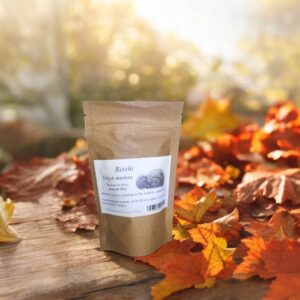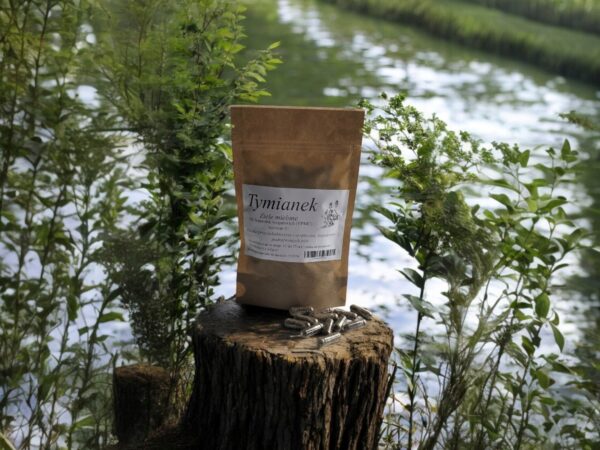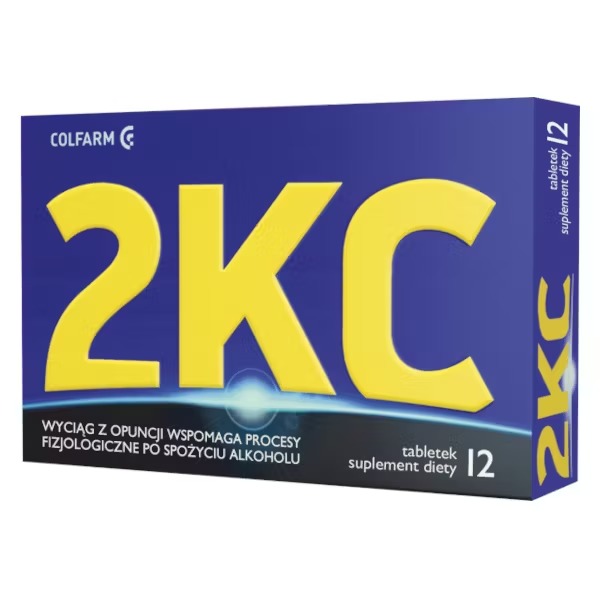Contents : 100 Vegan HPMC capsules
- Directions for use: 2 – 4 capsules 2 times a day with meals and water, do not exceed the dose.
- Storage conditions: Store in a dry, dark place out of reach of children.
- NOTES: Do not exceed the recommended daily dose. Not for use by pregnant or lactating women or children under 7 years of age.
- The product cannot be used as a substitute for a properly varied diet.
Common thyme – appearance, origin, morphology
Common thyme (Thymus vulgaris L.) is an evergreen subshrub from the mint family (Lamiaceae) with creeping, branched, reddish-brown stems that are 20 to 50 centimeters tall. The plant grows in Mediterranean countries and is cultivated in Western and Central Europe, Asia Minor, Syria, Morocco, Canada and the United States. The plant’s root is taproot, thin, strongly branched, woody. The stem at the base is woody, grayish hairy, and quadrangular and branched. The leaves, arranged oppositely, are small, with short but distinct petioles, obovate, elongated, and dotted with oil glands. The edge of the leaves is strongly curled downwards. The flowers are small, pink, less often white, gathered in a racemose inflorescence. The calyx is campanulate, and the corolla is two-lipped. Thyme has four stamens, two of which are shorter, and one pistil with a long neck and a bifid stigma. The plant blooms from June to July. It bears fruit from August to September. The fruit consists of 4 schizocarps covered with a non-falling calyx. The schizocarps are almost spherical and dark. The medicinal raw material is the thyme herb. It is cut at the beginning of flowering, and then once or twice more – as the plant grows back. It dries easily at room temperature. If it is dried at an elevated temperature, it should not exceed 35℃. The raw material is sometimes subjected to rubbing of leaves and flowers, which is why the herb is called so-called rubbed. The smell of the herb is aromatic, and the taste is spicy and bitter.
Common Thyme – Use and Indications
Thyme oil and thyme extract have long been used to prevent and treat many ailments. They are used in whooping cough and in acute and chronic inflammation of the upper respiratory tract and bronchi, which occur with difficult expectoration. They are also used in inflammation of the mucous membrane of the mouth, throat and skin. In addition, thyme herb improves the digestion process. A popular way to use the raw material is to prepare an infusion from it. The drink is good for colds and flu. It helps with expectoration, relieves sore throat and runny nose. The infusion can also be used to rinse the oral cavity, hair, and wipe the skin to relieve acne symptoms. The infusion can also be used to prepare compresses and wraps for skin diseases. It is also a good addition to disinfecting herbal baths.
In the diet, thyme is used to stimulate the secretion of gastric juices and improve digestion. Therefore, it is an irreplaceable herb for hard-to-digest dishes. In the kitchen, both fresh and dried thyme are used as a spice. It is added to meats, such as roasts or goulash, and to meat fillings, cutlets, sauces and some marinades. In southern and western countries, fresh thyme is added to salads. Cooked with sea fish, like sage, it removes their odor. As an antiseptic and preservative, it is widely used in the production of perfumes and many pharmaceutical preparations.
In folk medicine, thyme was used for diarrhea, as a disinfectant for the digestive tract and as an expectorant for wet cough, as well as against asthma. Many of the uses of thyme herb described in ancient medicine are used today. The essential oil obtained from the herb, due to its thymol content, was used as an anthelmintic for the treatment of hookworm and whipworm infections. Thymol was also indicated for disinfection of the oral cavity, throat and nasopharyngeal cavity. Thyme flavonoids were used to prepare preparations used to treat inflammation in rheumatoid arthritis and for anticoagulant therapy. Fresh and dry thyme leaves were used for diseases of the respiratory tract, digestive tract and nervous system, for rheumatoid arthritis and sciatica, as well as a diuretic and appetite stimulant. In the form of aromatic baths, compresses and ointments, common thyme was recommended for acute muscular and joint rheumatism, for the treatment of wounds, ulcers and various skin diseases.
Thyme was known and cultivated in ancient Egypt, Greece and Rome. It was valued as a medicinal plant. It was a symbol of strength. It was included in love potions, balms and incense. It was used to fight parasites. Moreover, to this day, the ingredient of thyme herb oil – namely thymol – is intended for this purpose in therapeutic doses. Common thyme was also a well-known medicine and spice in the Middle Ages. Initially, it was cultivated in monastery gardens, and then increasingly in the gardens of secular nobility.
Common thyme – action, properties, composition
The composition of thyme herb includes essential oils, mainly monoterpenes of phenolic nature, such as thymol and its isomer carvacrol, and among others linalool, p-cymene, limonene, γ-terpinene. The composition of the oil varies depending on the origin of the raw material. In addition, the plant contains phenolic acids (e.g. rosmarinic acid), flavonoids (glycosides of apigenin, luteolin, 6-hydroxyluteolin), as well as triterpenes (ursolic and oleanolic acid).
The active ingredients of the raw material increase the secretory activity of the bronchi. The mechanism of action is that these compounds liquefy the secretion accumulated in the respiratory tract. This facilitates the movement of the ciliated epithelium and explains the expectorant effect of the plant. In addition, the compounds present in the raw material reduce the tension of the smooth muscles of the bronchi. Thyme herb, due to its mainly thymol content, also has an antiseptic effect on the mucous membranes of the upper respiratory tract. It also increases the secretion of gastric juice and has a relaxing effect on the smooth muscles of the digestive tract. Extracts from the raw material used externally have antibacterial, antifungal and analgesic effects – they cause skin warming and its congestion. In medicine, thyme is considered a plant “good for the soul” because it has a calming effect and brings relief from insomnia. The raw material is used to obtain oil (Oleum Thymi) or thymol (Thymolum).
Common Thyme – Use and Dosage
According to the Polish Pharmacopoeia VI, thyme herb used to prepare an oral infusion with expectorant properties should not exceed 1 g to 2 g of raw material in a single dose, and 4 g to 8 g of raw material per day. In turn, the European Commission recommends drinking an infusion of 1-2 g of raw material internally several times a day or up to 2 g of liquid extract. Externally, compresses with 5% liquid extract can be used. Thyme oil can also be obtained from thyme herb, which according to the Polish Pharmacopoeia VI should not exceed 0.05-0.1 g in an oral solution in a single dose, and 0.15-0.3 g in a daily dose. Thyme oil can also be used in the form of inhalation. About 2-5 drops are recommended at a time. The oil is not recommended for use in children under 2 years of age, especially in the nasal area. Pregnancy is also a contraindication to use, as the thyme herb can stimulate the uterus to contract and cause premature labor.
Common Thyme – Interactions with Drugs and Herbs
There are no clinical data on the interactions of thyme herb with other herbs or drugs.
Common Thyme – Side Effects, Overdose
Adverse reactions associated with taking thyme include allergic reactions, such as shortness of breath, rash, swelling of the esophagus, face and mouth, and gastrointestinal symptoms, such as nausea, vomiting and abdominal pain. An overdose of the raw material has a toxic effect on the body and also causes nausea and vomiting in the patient.






































Reviews
Clear filtersThere are no reviews yet.